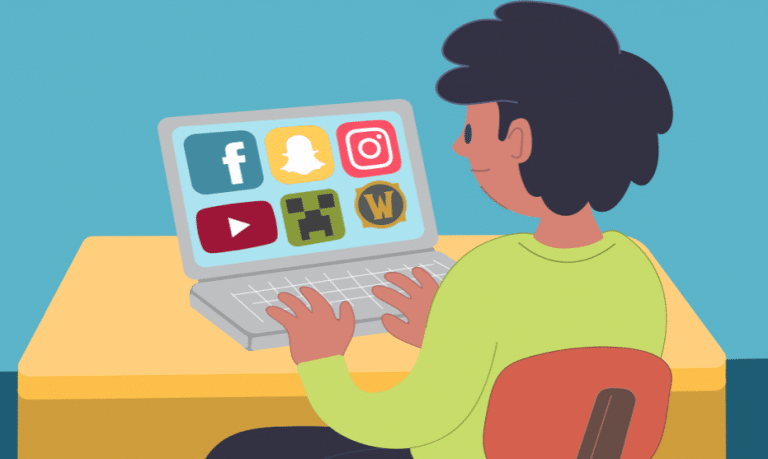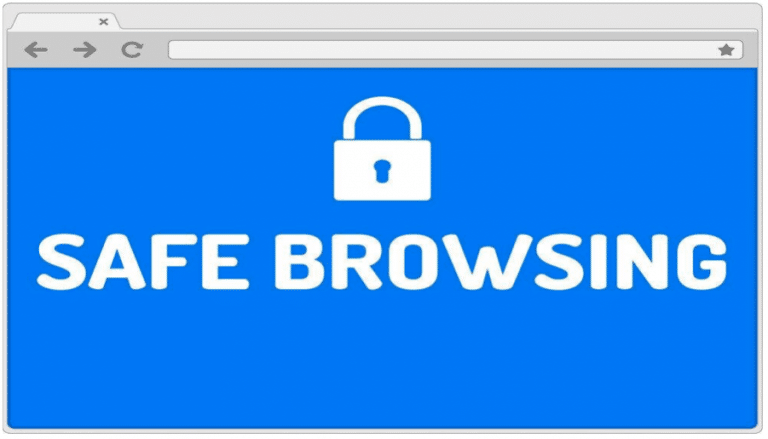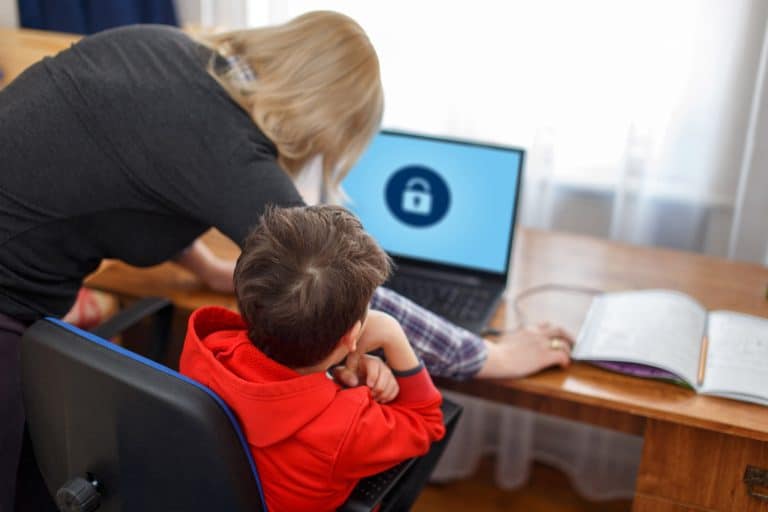How much time does your child spend online every day? According to the American Academy of Child and Adolescent Psychiatry, children ages 8 to 12 spend 4 to 6 hours watching screens, while teens spend up to 9 hours per day.
Too much screen time can hurt a child’s well-being and development, but it can also expose them to hostile behaviors and risk their privacy.
To help your child stay safe online and protect them from the adverse effects, we prepared a list of the most common risks they may face online, alongside a few pieces of advice on how to protect them adequately.
What risks do children face online?
Online predators: Online predators are more prevalent than ever on social media platforms. In fact, many create fake identities and profiles to lure children into conversations and in-person interactions.
These relationships usually start off as casual conversations, but predators can quickly groom their victims and ask for obscene pictures or videos.
Cyberbullying: Online harassment is growing rapidly, and sadly, studies have shown that around 40% of children ages 12 and 17 have experienced cyberbullying at least once. It can negatively affect their mental health and have long-lasting consequences on a child’s development.
Scams: Children are more likely to fall for online scams and give away their personal data based on a promise of a lucrative reward. Sharing sensitive information with malicious parties can quickly lead to a data breach or identity theft.

How to protect your child online
Set strict privacy settings: If you have younger children, keep a close eye on their apps and install them yourself. As soon as you install the new app on their device, check the privacy settings and tweak them to reveal as little about your children as possible. Hide their date of birth, address, phone number, and full name wherever you can. The same goes for the social media they use. The first step in protecting kids’ privacy on social media is adjusting who can contact them, what content they can see, and what they can post and share with others.
Turn off location tracking for the apps your children use: Most apps nowadays have preset location tracking services. Unfortunately, this can give any tech-savvy predator insight into your child’s location and movement and jeopardize his safety. Furthermore, parents often don’t know that if they don’t turn the location tracking off, each photo or video their child takes will automatically be tagged with geolocation. To prevent geotracking, you can turn off the location services on your child’s device or disable them on an app-by-app basis. Our recommendation is to turn off the location tracking for most apps and keep tracking only for those that obviously need this feature to function correctly, like google Maps or the weather app.
Remind them to keep their personal data private: Children growing up with technology have the instinct to share almost every aspect of their lives on social media. However, with the number of privacy and security incidents spiking up, you must teach your kids how to protect their privacy and explain the potential consequences of oversharing their personal information. For instance, America is experiencing increased swatting incidents. Hackers, primarily gamers, need as little as an address and a name to send the police to someone’s house on a false emergency report. Therefore, frequently remind your kids of the importance of keeping personal information like phone number, address, date of birth, and full name to themselves, regardless of their trust in people they meet online.
Explain the risks of public WiFis: Since they want to stay constantly in touch with their friends, children don’t really choose which WiFi they’ll connect to as long as it’s stable and free. However, accessible public networks can severely threaten their online safety and privacy. Cybercriminals frequently set up rogue networks that look reliable but are actually created to harvest user data. Considering that a hacker inserts himself between the user and the service provider to eavesdrop on their communication, these attacks are commonly known as “man-in-the-middle-attacks.” Sadly, this is just one of the many methods of using open networks to lure in new victims and use their data. Explain to your children that public WiFis aren’t the safest option, and if they really have to use them from time to time, they should always choose the password-protected ones since they tend to have higher security standards.
Monitor your child’s online behavior: While most parents worry about their children’s privacy and safety online, studies have shown that only 32% of them regularly monitor their online activities. Keeping an eye on the content your children are exposed to and knowing whom they interact with is essential in developing a healthy relationship with the tech and cyber world. Remember that tracking children’s networking activities behind their backs could hurt your relationship. They’ll simply learn better methods of keeping things from you if you don’t show you trust them. Therefore, the preferred approach would be to explain in detail why you want to monitor their activities and why they must be included in their online lives.
Talk about online risks: You can’t expect your children to stay cautious online if they’re unfamiliar with the risks they face. Bring up cybersecurity-related topics in your household and introduce them to the pros and cons of the technology they use from an early age. Furthermore, if you stumble upon an online privacy-related story in the daily news, use it as a teachable moment. Explain what lead to the incident, and discuss how to avoid something similar happening to them. On the other hand, if they happen to participate in online misbehavior, avoid punishing them for their mistakes without any explanation. Instead, teach them how to manage emotions and change their actions.
Conclusion
Cyber parenting comes with immense challenges most of us aren’t ready for. Remember to stay on your toes and closely monitor your children’s online behavior. Also, focus on creating a healthy relationship with your children and encourage them to speak up about uncomfortable interactions they may find themselves in.










![Home Renovation Guide [2025]](/app/uploads/2021/04/design-hacks-1-378x300.jpg)
